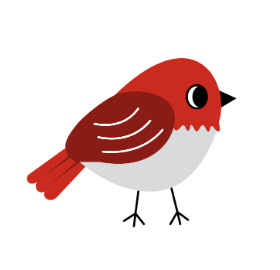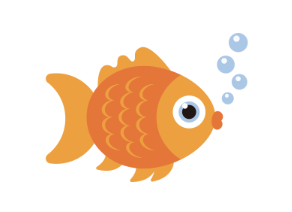Unlocking the Power of Colours and Sign Language in Early Learning
- Carla Pahl
- Apr 24
- 3 min read
Updated: Jun 2
As an experienced educator in the early years, I strive to create joyful experiences that foster discovery and meaningful connections between children and their caregivers. This approach shines particularly when teaching colours, a vibrant and fun activity that can begin as early as desired.

Visualising with "Brown Bear, Brown Bear, What Do You See?"
Using the engaging book Brown Bear, Brown Bear, What Do You See? by Bill Martin, illustrated by Eric Carle, we immerse children in a world of colours. This timeless classic isn't just a book; it serves as a canvas for young minds to predict and visualise the sequence. This activity enhances their cognitive and language skills while allowing them to share experiences with parents and caregivers. Such interactions help children master additional cognitive skills, facilitating meaningful communication and self-expression.
🔗Disclosure: This post contains affiliate links. I recommend these products based on their quality and relevance to today's topic of Early Literacy & Baby Sign Language.

Emotional and Intellectual Development
Engaging in activities using the vibrant picture book Brown Bear, Brown Bear, What Do You See? for short periods supports your toddler. It encourages school readiness by:
Promoting the ability to follow simple, predictable instructions.
Aiding in the gradual increase of vocabulary, including colour and animal recognition.
Utilizing a child’s senses to explore the surrounding world.
Employing role-play to understand experiences and practice physical literacy.
Building foundational skills like colour recognition, matching, ordering objects, spatial awareness, and relations.
Encouraging simple choices to enhance cognitive perception.
Fostering simple problem-solving skills, cultivating a sense of mastery that boosts self-esteem.
If you haven't already, I highly recommend picking up a copy. This interactive picture book not only delights children but also strengthens the bond during reading time. It plays a critical role in building foundational literacy skills.
🔗Disclosure: This post contains affiliate links. I recommend these products based on their quality and relevance to today's topic of hand development. As an Amazon Associate, I earn from qualifying purchases.

Engaging Through Flash Cards and Sign Language
To further engage toddlers, consider utilizing large flash cards featuring charming animals from the book, showcasing various colours. This hands-on activity supports toddlers in anticipation and predictability, essential skills for cognitive development.
Benefits of Sign Language
Enhanced Communication: Sign language offers preverbal toddlers a way to express themselves, reducing frustration and promoting independence.
Improved Language Development: Studies suggest that children exposed to sign language tend to develop advanced language skills.
Inclusive Learning: Sign language supports diverse learning needs, making education accessible to all children.
🔗Disclosure: This post contains affiliate links. I recommend these products based on their quality and relevance to today's topic of hand development. As an Amazon Associate, I earn from qualifying purchases.
Global Differences in Sign Language
If you wish to teach your child sign language, it's crucial to recognize the differences between American Sign Language (ASL), British Sign Language (BSL), and Australian Sign Language (Auslan). Each has its unique syntax and grammar, enriching children's understanding of global communication.
Personally, I used ASL for my four children and in my Just Junior toddler classes in Hong Kong. I found ASL easy to implement with my own children and the families I worked with. If you consider using sign language as an additional language for your children, think about what suits your location best.
Carla's Suggested Resources
🔗Affiliate Disclosure:
This post contains affiliate links. I recommend these products based on their quality and relevance to today's topic of hand development. As an Amazon Associate, I earn from qualifying purchases.
To enrich your child's learning journey, I encourage you to explore resources and tools that complement the activities mentioned in this blog. By incorporating sign language tools like Literacy Learning Tools, you bring the joy of learning home.

$50
Product Title
Product Details goes here with the simple product description and more information can be seen by clicking the see more button. Product Details goes here with the simple product description and more information can be seen by clicking the see more button

$50
Product Title
Product Details goes here with the simple product description and more information can be seen by clicking the see more button. Product Details goes here with the simple product description and more information can be seen by clicking the see more button.

$50
Product Title
Product Details goes here with the simple product description and more information can be seen by clicking the see more button. Product Details goes here with the simple product description and more information can be seen by clicking the see more button.











Comments